The United States is home to an extraordinary variety of wildlife, ranging from majestic predators to quirky creatures found nowhere else. These animals are not only iconic but have become symbols of America’s diverse landscapes and untamed beauty. From soaring skies to sprawling plains, each species tells a story of adaptation and resilience. The rest of the world can’t help but marvel at the uniqueness of these creatures.
1. Roadrunners Are Quirky Desert Sprinters
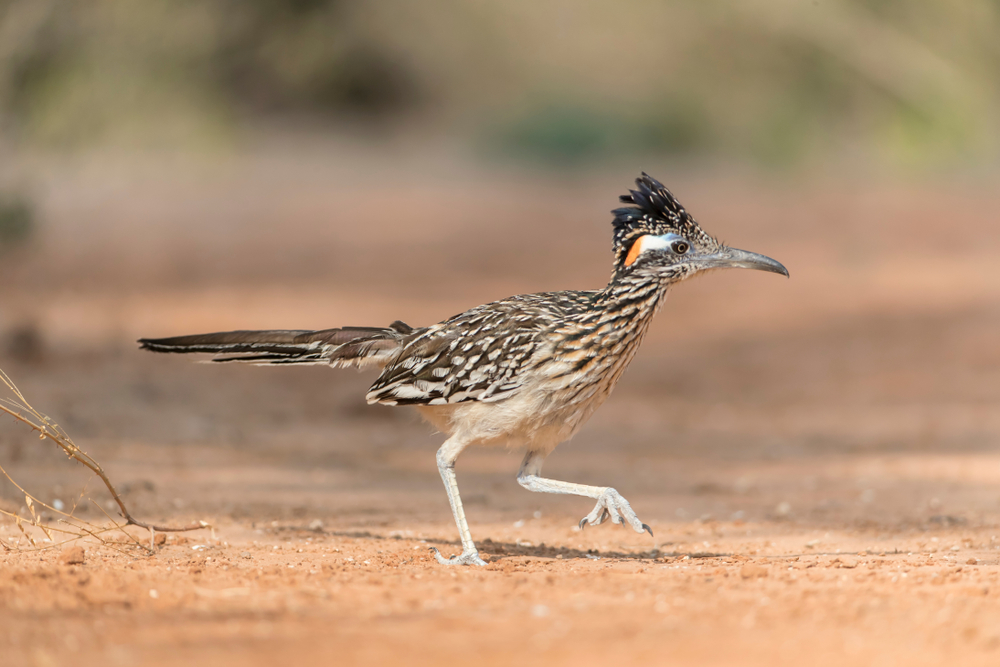
Roadrunners, with their zippy movements and curious personalities, are iconic residents of the American Southwest. These ground-dwelling birds can sprint up to 20 miles per hour, making them adept at catching prey like lizards and insects. Their long tails and crested heads give them a distinct, almost cartoon-like appearance. Roadrunners are perfectly adapted to their desert habitats, often thriving in the hottest and driest conditions. Watching one dart across the landscape feels like witnessing a living piece of Americana.
2. Bald Eagles Soar as Symbols of Freedom
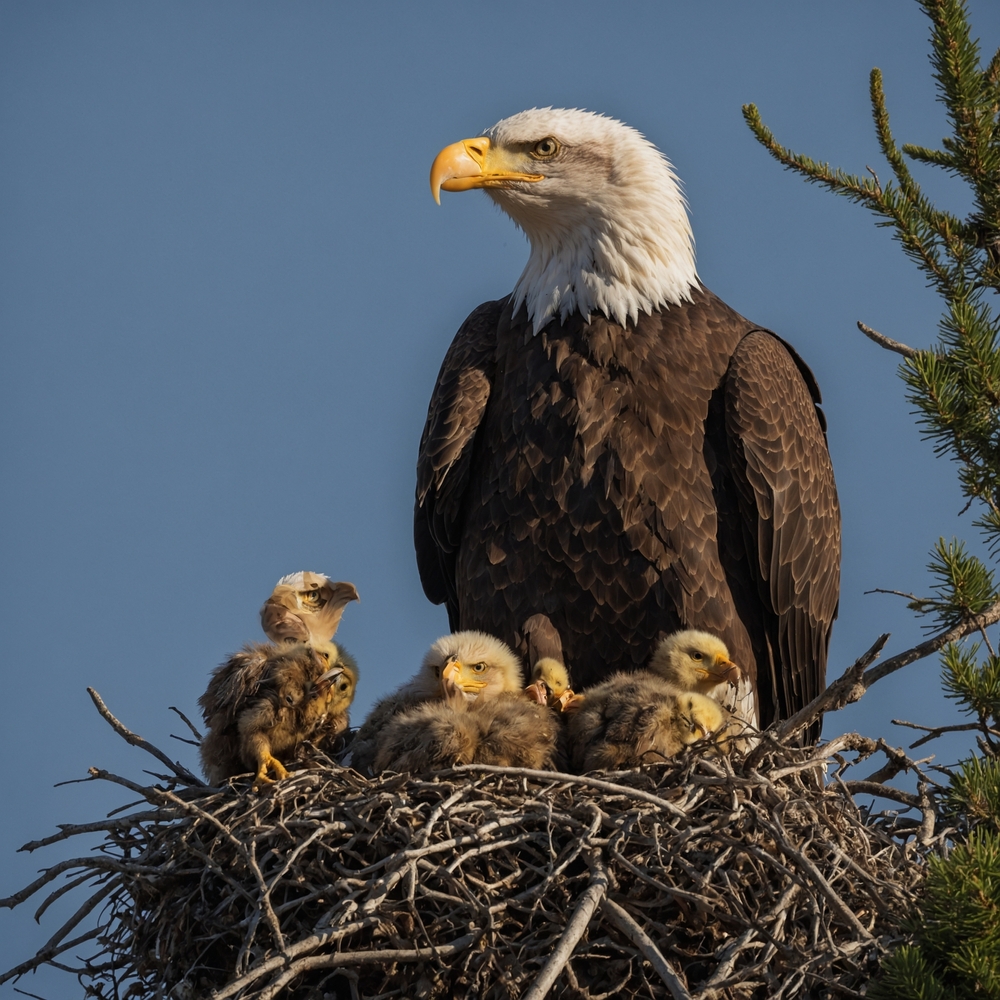
No animal embodies American pride like the bald eagle, with its striking white head and impressive wingspan. Found across the country, these raptors are expert hunters, often swooping down to snatch fish from lakes and rivers. Their sharp eyesight and powerful talons make them formidable predators, while their nests, called aeries, can weigh up to a ton. Once endangered, bald eagles have made a remarkable recovery thanks to conservation efforts. As the national bird and symbol of the U.S., their regal presence inspires awe worldwide.
3. American Bison Roam as Living History
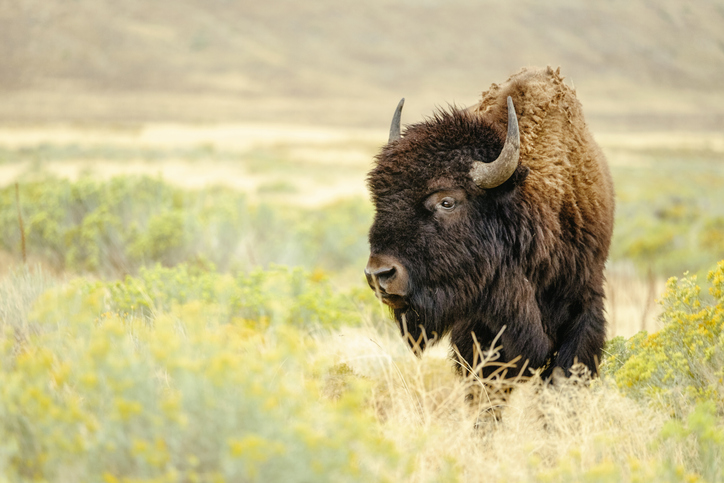
The American bison is a towering symbol of strength, resilience, and the vast plains of North America. Weighing up to 2,000 pounds, these majestic creatures are the largest land animals in North America. Once nearly driven to extinction, bison have made a significant comeback and are now protected in national parks and preserves. Their massive herds once thundered across the Great Plains, shaping the ecosystems and cultures of the region. Seeing a bison in the wild is like stepping back in time to America’s untamed frontier.
4. Alligators Rule the Swamps With Ancient Power
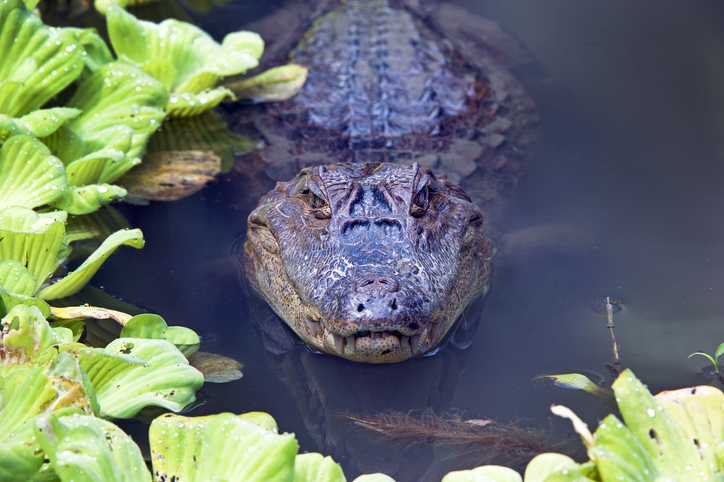
American alligators are living fossils, having remained virtually unchanged for millions of years. Found in the wetlands of the southeastern U.S., these reptiles can grow up to 15 feet long and weigh over 1,000 pounds. With their powerful jaws and stealthy movements, they are apex predators that command respect. Despite their fearsome reputation, alligators play a vital role in maintaining the health of their ecosystems. Watching one glide silently through the water is both thrilling and humbling.
5. Coyotes Adapt to Every Corner of America
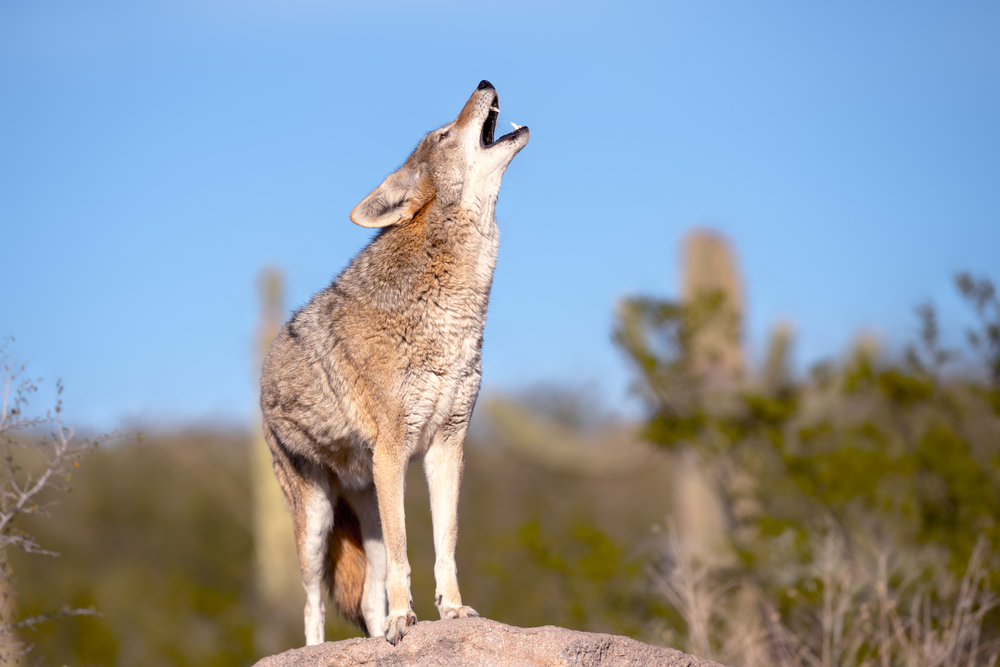
Coyotes are the ultimate survivors, thriving in almost every habitat across the U.S., from deserts to urban areas. These clever canines are known for their eerie howls, which echo across the plains and forests at night. Coyotes are incredibly resourceful, often scavenging or hunting small animals to survive in diverse environments. Their adaptability has made them both revered and reviled, depending on their impact on local ecosystems. Despite their elusive nature, coyotes have become an enduring symbol of America’s wild spirit.
6. Grizzly Bears Command the Wilderness
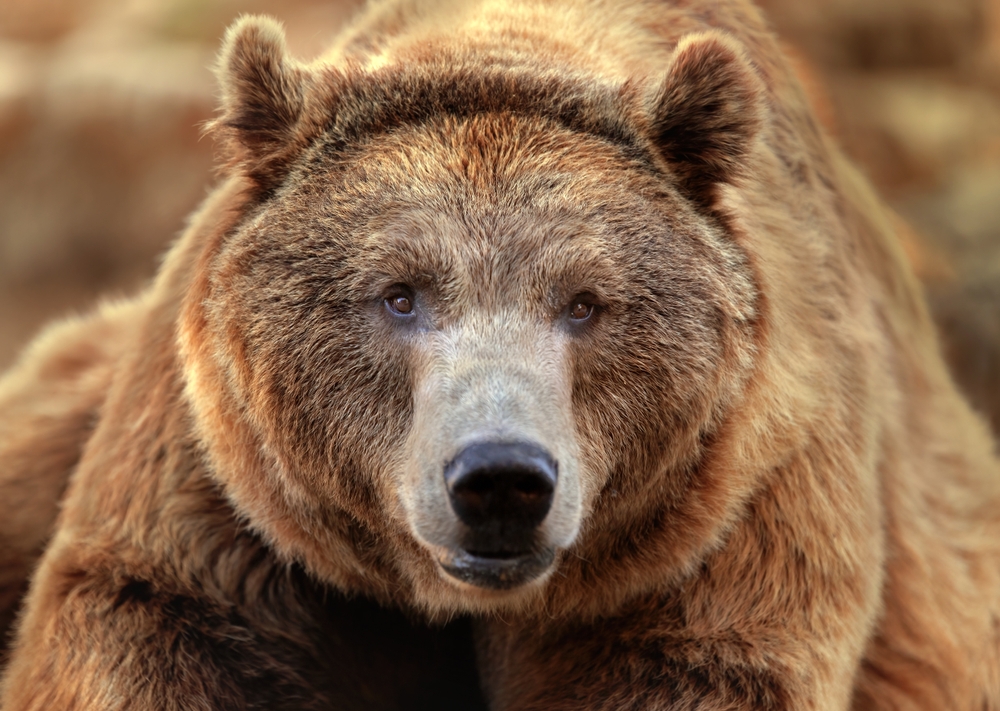
Grizzly bears are some of the most awe-inspiring animals in North America, with their sheer size and strength captivating onlookers. Found in the mountain ranges and forests of the western U.S., these bears can weigh over 1,000 pounds. Known for their omnivorous diet, they’re just as likely to feast on berries as they are to fish for salmon. Grizzlies play a critical role in their ecosystems, dispersing seeds and balancing prey populations. Their presence in the wild is a reminder of nature’s raw power and beauty.
7. California Sea Lions Blend Charm With Agility
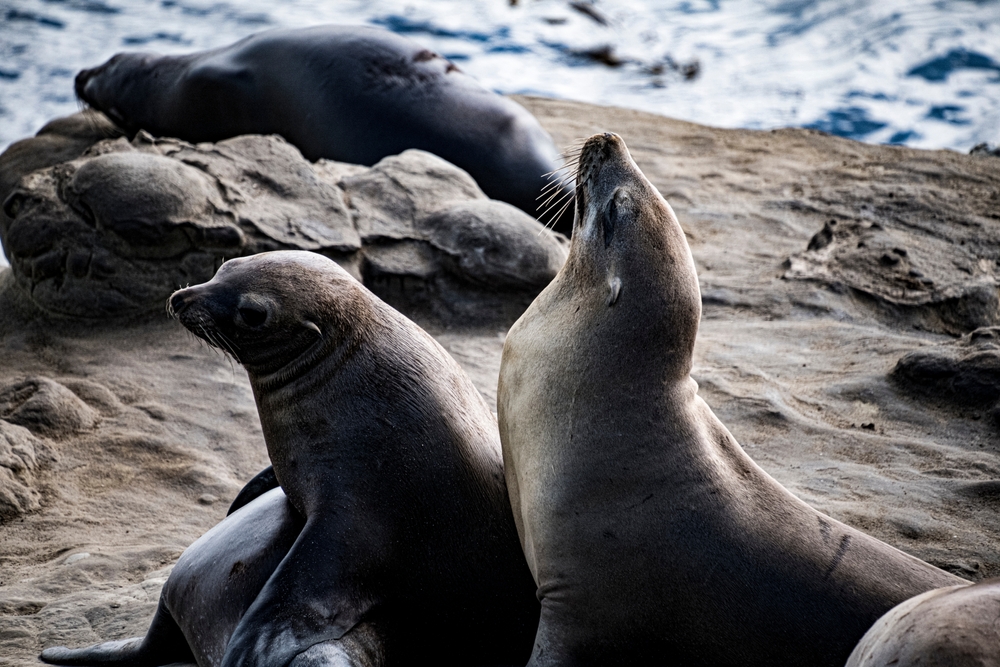
California sea lions are playful, social marine mammals often spotted along the Pacific Coast. Known for their barking calls and graceful swimming, they captivate visitors at beaches, docks, and wildlife sanctuaries. Sea lions are highly intelligent, often using teamwork to hunt schools of fish in coastal waters. Their playful antics on land and in the water make them a favorite among wildlife enthusiasts. As ambassadors of America’s vibrant marine life, they represent the country’s rich ocean ecosystems.
8. Mountain Lions Haunt the Wild With Silent Grace
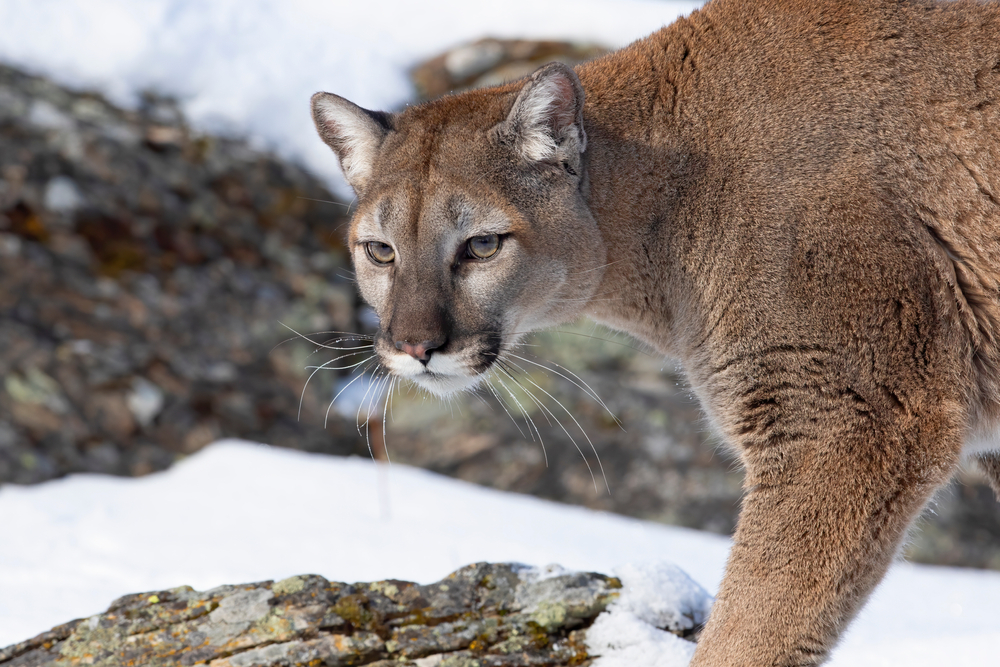
Mountain lions, also known as cougars or pumas, are elusive predators that roam much of the American West. These solitary cats are masters of stealth, capable of leaping 20 feet in a single bound to take down their prey. Despite their size and power, mountain lions are rarely seen, as they avoid humans whenever possible. Their adaptability has allowed them to thrive in forests, deserts, and even urban fringes. They are both feared and admired as symbols of America’s untamed wilderness.
9. Prairie Dogs Build Underground Empires
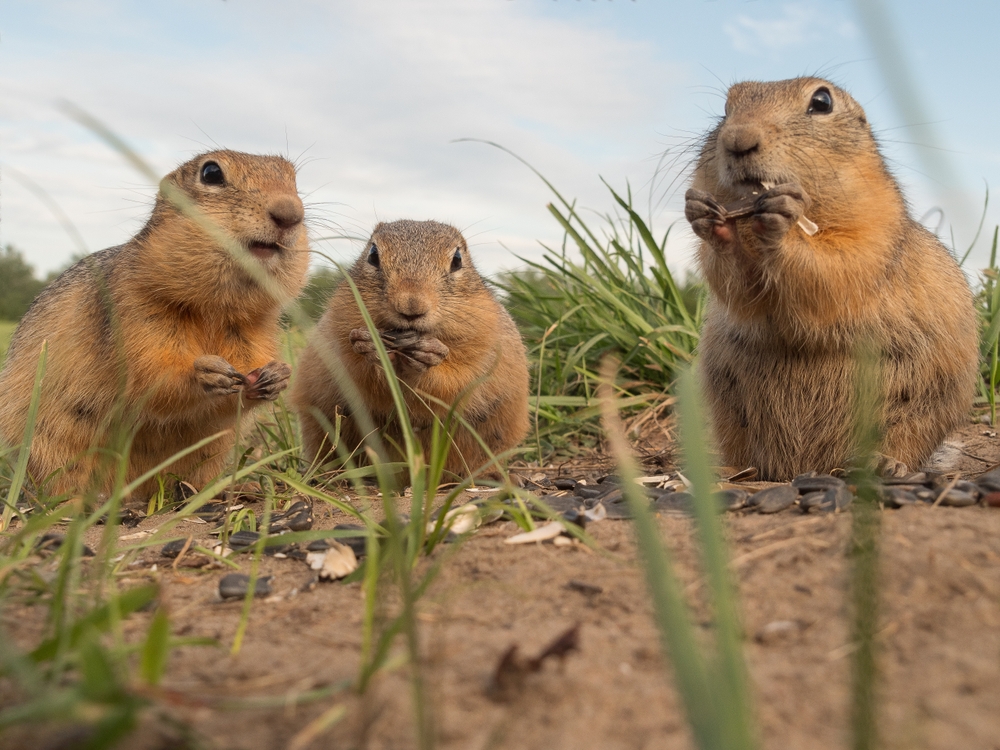
Prairie dogs are small, social rodents that create vast underground colonies across the Great Plains. These “towns” can span hundreds of acres, with intricate tunnels and chambers for living and storage. Known for their distinctive “barking” calls, prairie dogs communicate to warn each other of predators. Their presence supports a wide range of wildlife, from hawks to foxes, making them a keystone species in their ecosystem. Watching a prairie dog colony in action is a charming glimpse into the complex world of America’s grasslands.
10. Humpback Whales Make a Splash With Their Songs
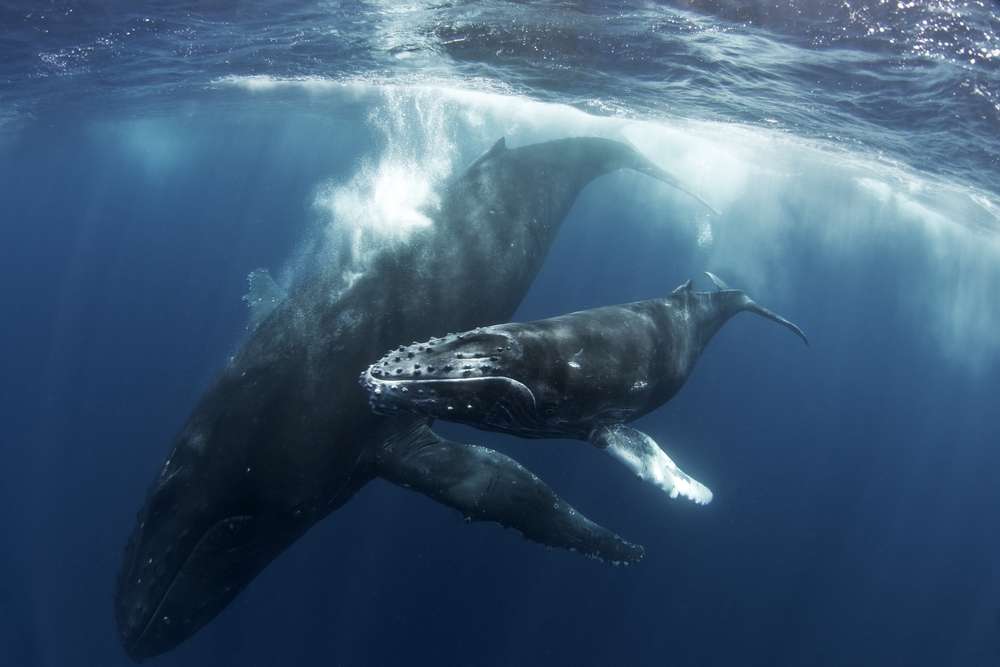
With their massive size and graceful movements, Humpback whales are some of the most majestic creatures in America’s coastal waters. Found along both the Atlantic and Pacific coasts, these whales are famous for their haunting songs and spectacular breaching displays. Their migrations, spanning thousands of miles, are among the longest of any mammal. As baleen whales, they feed by filtering small fish and plankton through their massive mouths. Seeing a humpback whale in the wild is a bucket-list moment that connects people to the wonders of the sea.
11. Armadillos Bring Quirkiness to the South
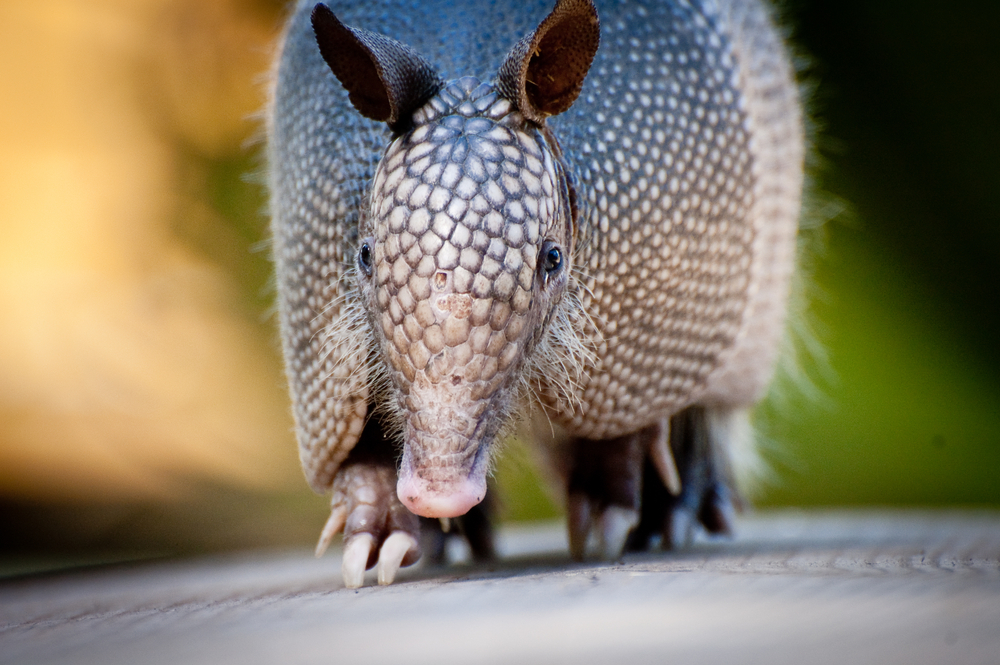
Armadillos, with their armor-like shells and quirky movements, are among the most unusual animals in the U.S. Found mostly in the southern states, these creatures are surprisingly adept diggers, often burrowing to escape predators. Their ability to curl into a ball for protection adds to their charm and mystique. Armadillos play a key role in their ecosystems by aerating the soil as they dig. Their unique appearance and behaviors make them one of America’s most fascinating creatures.
12. American Crocodiles Are Rare and Reclusive
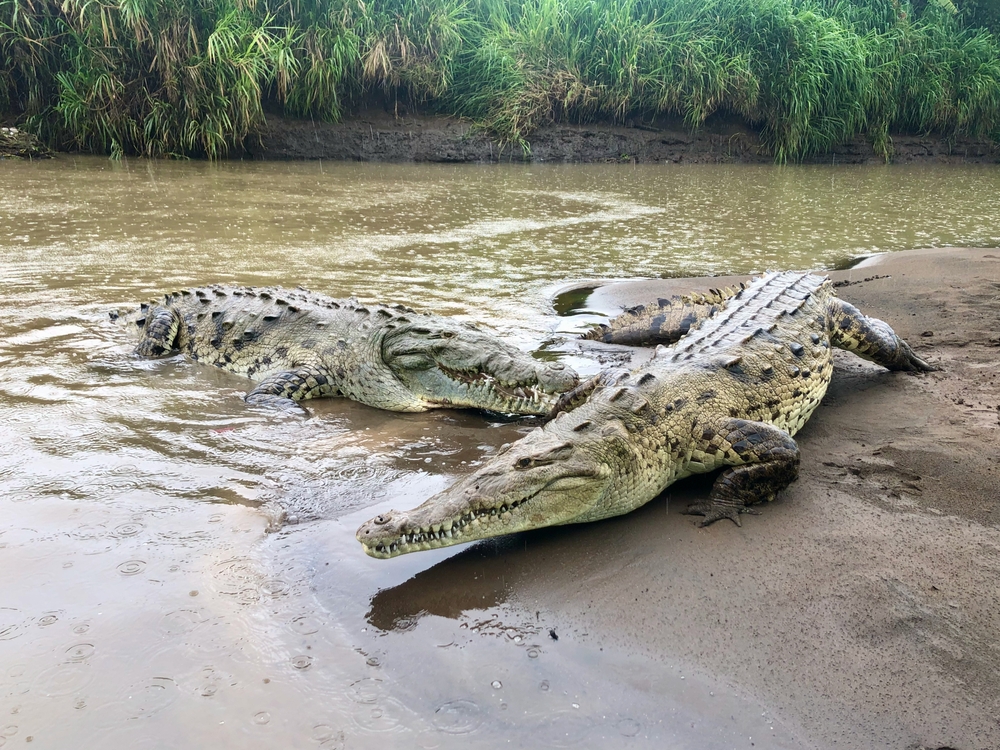
American crocodiles are shy and elusive reptiles found in the warmer waters of southern Florida. Unlike their more aggressive relatives, these crocodiles tend to avoid human interaction and prefer quiet lagoons and estuaries. With their long, slender snouts and scaly skin, they are both beautiful and intimidating. As apex predators, they help maintain balance in their aquatic habitats by controlling fish and bird populations. Spotting one in the wild is a rare and awe-inspiring experience.
13. Elk Stand Tall in the American Wilderness
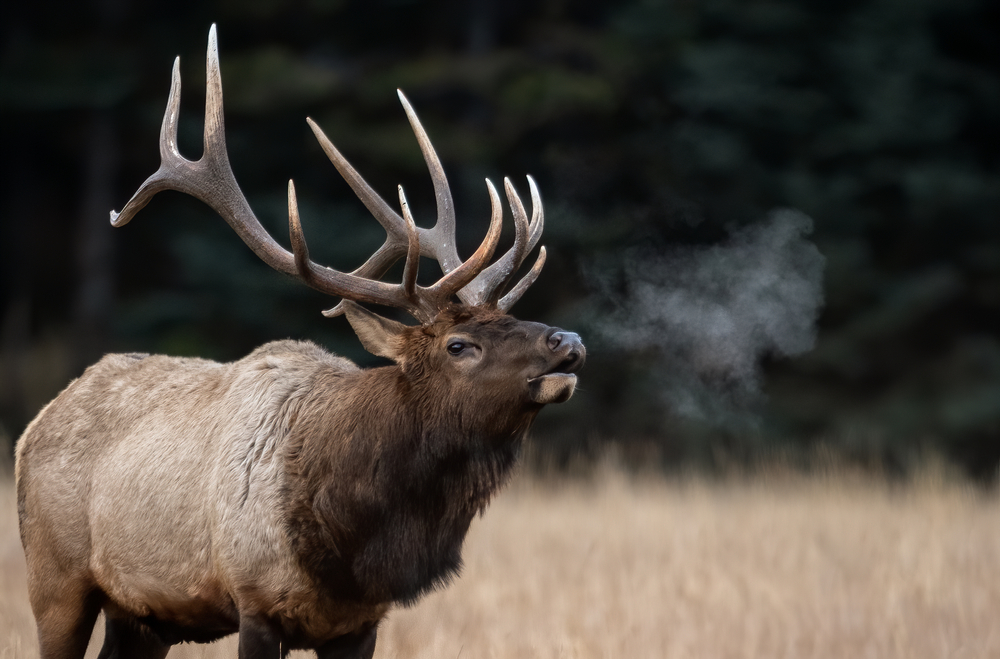
Elk are among the largest members of the deer family, roaming forests and meadows across the U.S. Males, with their massive antlers, are especially striking, often engaging in dramatic displays during mating season. Their bugling calls echo through the wilderness, signaling their dominance and presence. Elk are vital to their ecosystems, as their grazing habits shape vegetation and provide food for predators. Seeing a herd of elk in the wild is a reminder of America’s untamed beauty and natural heritage.
